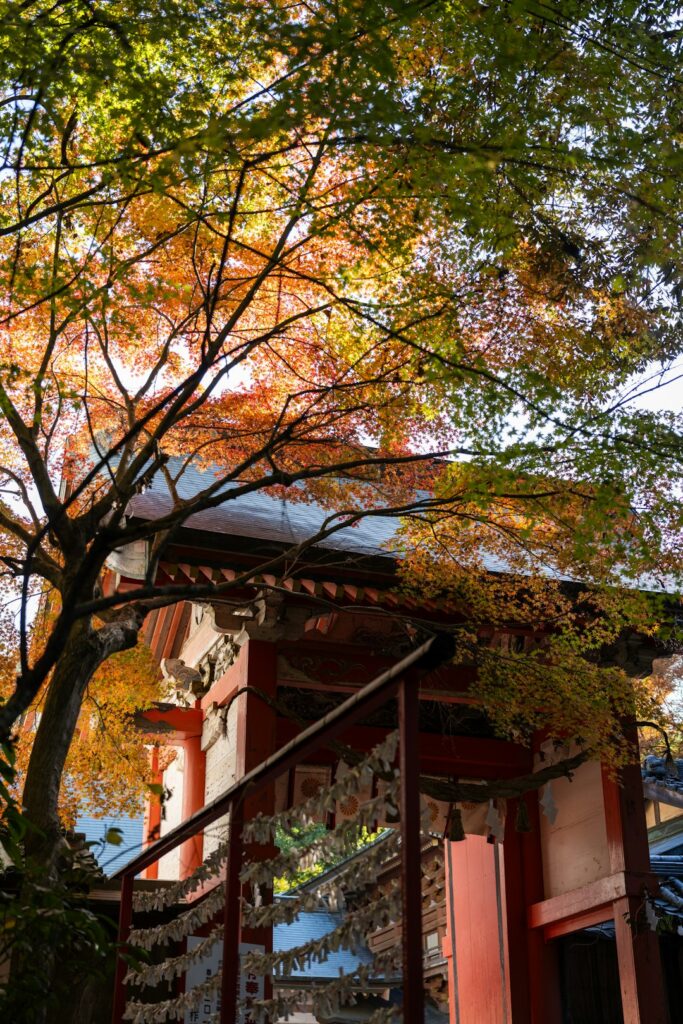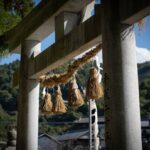Experience a side of Kyoto that few travelers ever see — the hidden cafés and timeless tea houses of Gion, especially vibrant during the autumn season. From secret sweet sanctuaries nestled in centuries-old streets to immersive cultural rituals, this guide invites you to taste, explore, and feel the magic of Japan’s old capital in its most colorful months. Whether you crave innovative wagashi, scenic autumn walks, or a deeper understanding of Kyoto’s sophisticated café etiquette, Gion is ready to surprise and enchant you.
The Unique Café Culture of Gion: Where Tradition Meets Innovation
Gion’s intricate maze of narrow streets, lined with wooden machiya townhouses and glowing lanterns, whispers stories of geisha, merchants, and countless generations of artisans. Originally renowned as Kyoto’s geisha district, Gion has long been a gathering point for social, culinary, and artistic exchange. Over recent years, a new wave of creative cafés has woven itself seamlessly into this historical fabric, drawing inspiration from both ancient tea ceremonies and modern dessert trends. Unlike the hurried pace of larger cities, Gion’s café culture celebrates slow, mindful enjoyment — an extension of Japan’s famous “ichigo ichie” spirit, or treasuring each moment.
Hidden Café Gems: Seasonal Sweets Only Locals Know
Step off Gion’s main avenues, and you’ll find intimate hideaways serving limited-edition autumn sweets. These cafés, cherished by locals but scarcely featured in guidebooks, highlight kyo-wagashi (Kyoto-style traditional confections) with an autumn twist: think chestnut-filled sponge cakes, kuri kinton (sweet mashed chestnuts), and yatsuhashi rolls rolled with seasonal fruit. Don’t miss Rojiura Café, tucked behind a bamboo grove, where each dessert is painstakingly crafted to evoke the colors and textures of Kyoto’s fall. Or discover Saryo Hanare, an atmospheric teahouse blending matcha mousses with subtly sweet pumpkin and persimmon wagashi, all plated like miniature landscapes. This is slow food, brought to life by the turning leaves and the hands of devoted artisans.
Tea Rituals & Interiors: The Artistry of Gion’s Cafés
What truly sets Gion’s cafés apart is their deep reverence for tradition. A typical visit is an immersive sensory journey: soft tatami underfoot, the scent of roasted green tea drifting from hand-thrown cups, and serene views of inner courtyards decorated with autumn foliage. Many spots invite you to join a tea ceremony — a meditative ritual where matcha is carefully whisked, wagashi is enjoyed in silence, and time seems to pause. Admire the artistry in every detail: from antique lacquerware to minimalist noren curtains and rustic earthen walls. Café menus here also tell stories; try tangy yuzu jelly, hand-pulled soba sweets, or a tasting flight of seasonal teas sourced from nearby Uji. Each stop is a chance to learn, taste, and find a favorite nook in Kyoto’s elegant past.
Autumn Flavors & Foliage: The Perfect Gion Café-Walking Route
Autumn in Gion is a symphony of textures: fiery momiji-maple leaves, crimson shrines, and the crisp air of early evening. For an unforgettable day, start at the iconic Yasaka Shrine, then stroll beneath rain-dappled willow trees to pause at secluded cafés like Café Kotoha or Tsujiri for chestnut parfaits. Continue along Hanamikoji Street, where cobblestones lead you to hidden alleyway tea houses aglow with lanterns. Visit the endlessly photogenic Shirakawa Lane, admiring the reflections of autumn colors in the canal, before ending at Kenninji Temple, where monks sometimes open a pop-up café overlooking zen gardens. Every stop offers both beauty and flavor — a true feast for body and soul.
Local Manners & Insider Tips: Making the Most of Your Gion Adventure
To truly enjoy Gion like a local, keep these etiquette tips in mind: always speak softly inside cafés, never photograph geiko (geisha) or maiko without permission, and remove your shoes before stepping on tatami. Many hidden cafés have a waitlist system at busy times — simply write your name and relax nearby. Practice basic Japanese, such as “arigatou” (thank you) and “sumimasen” (excuse me), to make warm connections. And for the true insiders: ask café staff about “裏メニュー” (secret off-menu items), which often include seasonal surprises and extra-special sweets. Whether you linger over a single chestnut wagashi or embark on an all-day tasting stroll, autumn in Gion is best enjoyed at a gentle pace — full of curiosity and respect for Kyoto’s living traditions.







